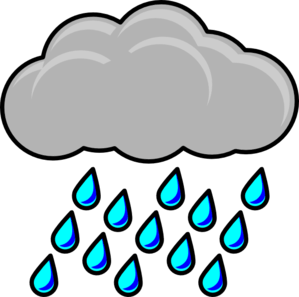
Rain, rain, go away. Or not, because there’s plenty of FREE things to do on a rainy day in NYC. Here’s how to enjoy NYC on the cheap, in between the raindrops, at one or more of these places we love.
Everything we recommend on this rainy-day list is family-friendly.
Visit a Museum
The National Museum of the American Indian is a branch of the Smithsonian, with FREE admission every day.
In addition to wonderful exhibits on Native peoples from the North Pole to the South pole, there are free films and storytelling programs.
- Open Monday-Friday, 11-4.
- NMAI is at Battery Park.
See our daily lists of what museums are free on what day.
Free museum admission on Mondays
Free museum admission on Tuesdays
Free museum admission on Wednesdays
Free museum admission on Thursdays
Free museum admission on Fridays
Six NYC museums always free to visit
Go to church
Visiting any one of NYC’s world-class cathedrals is free, of course.
Or, take a tour of the Cathedral of St. John the Divine, one of the largest in the world, and one of NYC’s true gems. There are guided tours of the art and architectural highlights, and “vertical tours”, in which you climb a spiral staircase for a close-up view of the magnificent stained glass windows, and a picture postcard view of the city from a butress.
Self-guided tours are just $5. A timed entry ticket is recommended.
NOTE - Beginning Sept. 1, all visitors over age 12 must be fully vaccinated.
- Cathedral of St. John the Divine is at 112th St. and Amsterdam Ave.
Visit the Library
The world-famous two-block-long Rose Reading Room in the main NYPL building on Fifth Avenue is open again, after a multi-million-dollar facelift. You’ll recognize it from many films and TV shows.
Curl up with a good book, or just sit and people-watch.
Be sure to visit one or more of the ongoing FREE exhibits.
SEE ALSO
Get FREE museum admission with a NYC library card
Stay Home
What’s you favorite way to spend a rainy day, other than cleaning your sock drawer or binge-watching Downton Abbey?
This rainy day guide to NYC was published first in 2017 and is updated periodically.

What do you think about this? We welcome your comments.